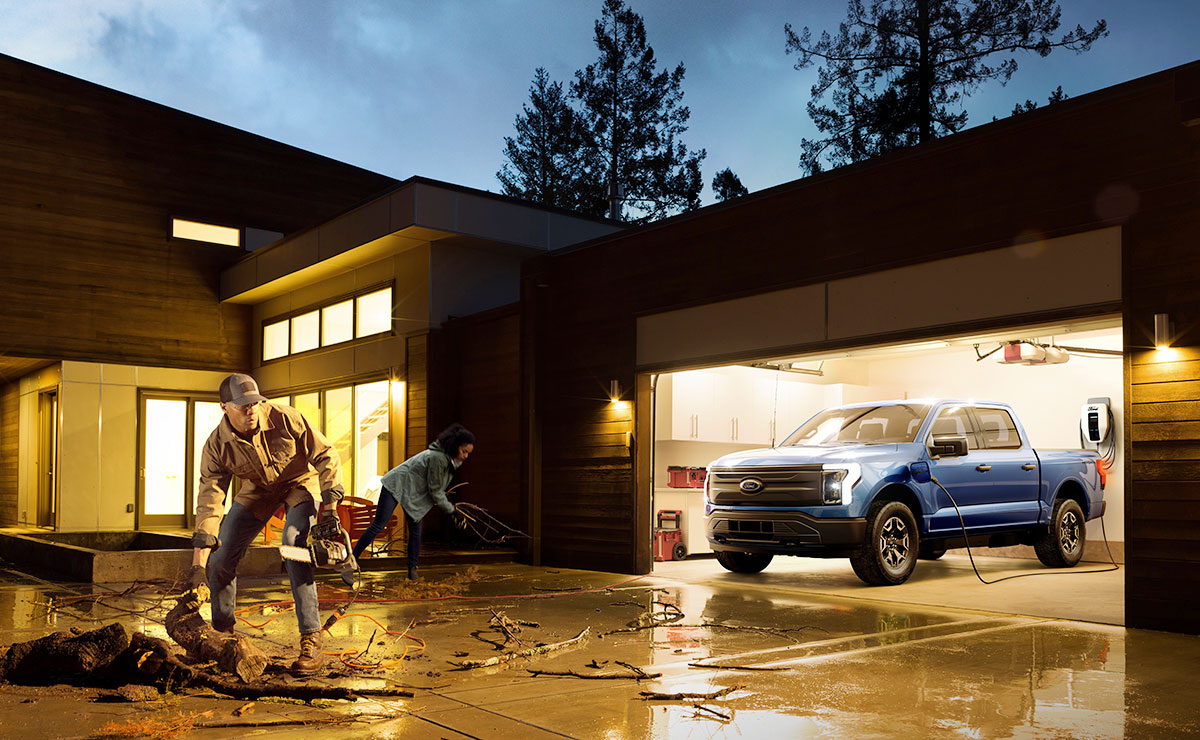<!–*/ */ /*–>*/
| Extreme weather prompts EV charging question |

Record heat waves in California and severe hurricanes in Florida point to a weakness in electric vehicle adoption: How do people charge during extreme weather events when power may be lost?
It’s not a theoretical question. California leads the nation in EVs. During a record Labor Day heat wave, state officials asked EV owners to avoid charging during peak electricity use times to avert power outages.
Three weeks later, Hurricane Ian landed as a Category 4 storm on Florida’s southwest coast and knocked out power for weeks in the hardest-hit areas.
As EV adoption grows, charging before, during and after natural disasters presents a challenge, especially given a shortage of public chargers, lack of access to home charging and the increasing regularity of such events.
“We’re starting to see the impacts of climate change more and more frequently,” said Katherine Stainken, vice president of policy for the Washington, D.C., trade group Electrification Coalition.
Natural disasters often create mass evacuations for which people require reliable transportation. With hurricanes and tropical storms, people have days to evacuate. But there may be no notice in some instances such as fast-moving fires or catastrophic earthquakes. If the same events knock out electricity, EV owners’ efforts to leave may be hampered.
— Doug Newcomb
What you need to know
Ocean floor is the next frontier for EV battery materials, but environmental impact remains unclear: Seabed rocks contain a trove of minerals; some automakers have joined a moratorium.
Germany calls for a ‘precautionary’ pause in deep-sea mining: The country’s leaders expressed environmental worries.
EV companies like Tesla, Rivian and Lucid differ on their automated-driving strategies: Elon Musk expects self-driving tech in 2024, but Rivian and Lucid aren’t headed down the same development pipeline.

Roundup
TuSimple fires CEO over ties to Chinese firm; exec denies wrongdoing.
Chinese tycoon spent 8 years, $3 billion on Faraday Future EV that hasn’t been built.
A manslaughter trial for a fatal crash involving Tesla Autopilot presents a first-of-its-kind test for the occupant’s legal responsibility.
Lyft to lay off 683 employees in a cost-cutting push.
Panasonic to start building Kansas battery plant next month. The company aims to begin production by March 2025.
On the move
General Motors named Mike Devereux head of OnStar, the automaker’s in-vehicle safety, security and connectivity unit. He had previously worked as a sales and marketing executive for GM in China. He replaces Jeff Massimilla. …
Harald Kroeger, a current Rivian board member and onetime president of Bosch’s automotive electronics division, has joined startup Sima.ai, a maker of machine learning systems on chips. The company launched the chips in September. …
Self-driving truck startup Kodiak Robotics hired Gerhard Eschelbeck, Google’s former chief information security officer, in the same role. Kodiak believes cybersecurity will play a bigger role in autonomous-vehicle developments going forward, and Eschelbeck’s hire reflects the company’s desire to grow in that field. …
Automotive software firm Cerence named Bob Ligon as its new chief revenue officer. He will lead the company’s go-to-market strategy. Ligon joins Cerence following a decades-long tenure at ZG Group, where he most recently served as senior vice president of sales.
Brain food
To push U.S. battery development, the Department of Energy awarded $250 million in cost-sharing grants to three companies working to scale silicon technology for faster charging and more energy storage of EV batteries.
Last mile
Holoride, a spinout from Audi, takes passengers to the “motorverse” with an immersive new in-vehicle entertainment system that launched in Germany this week.